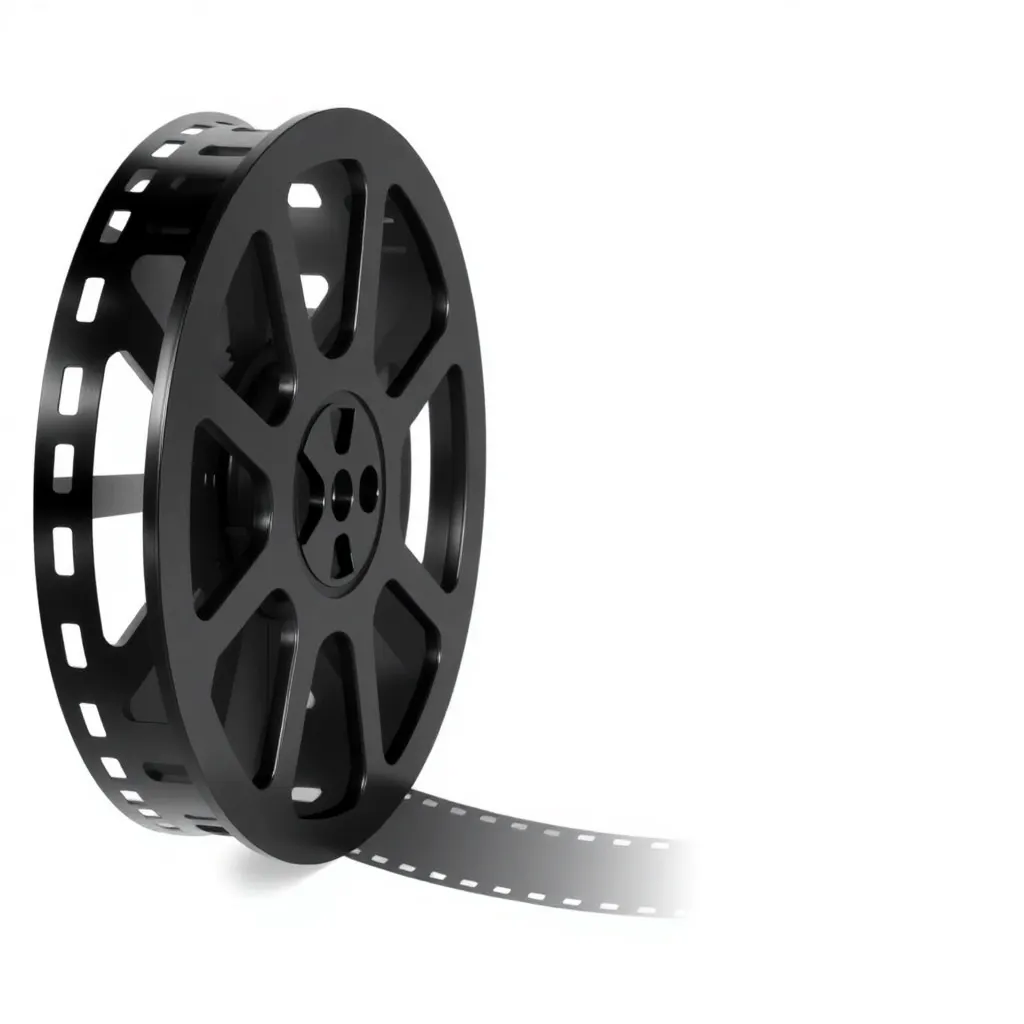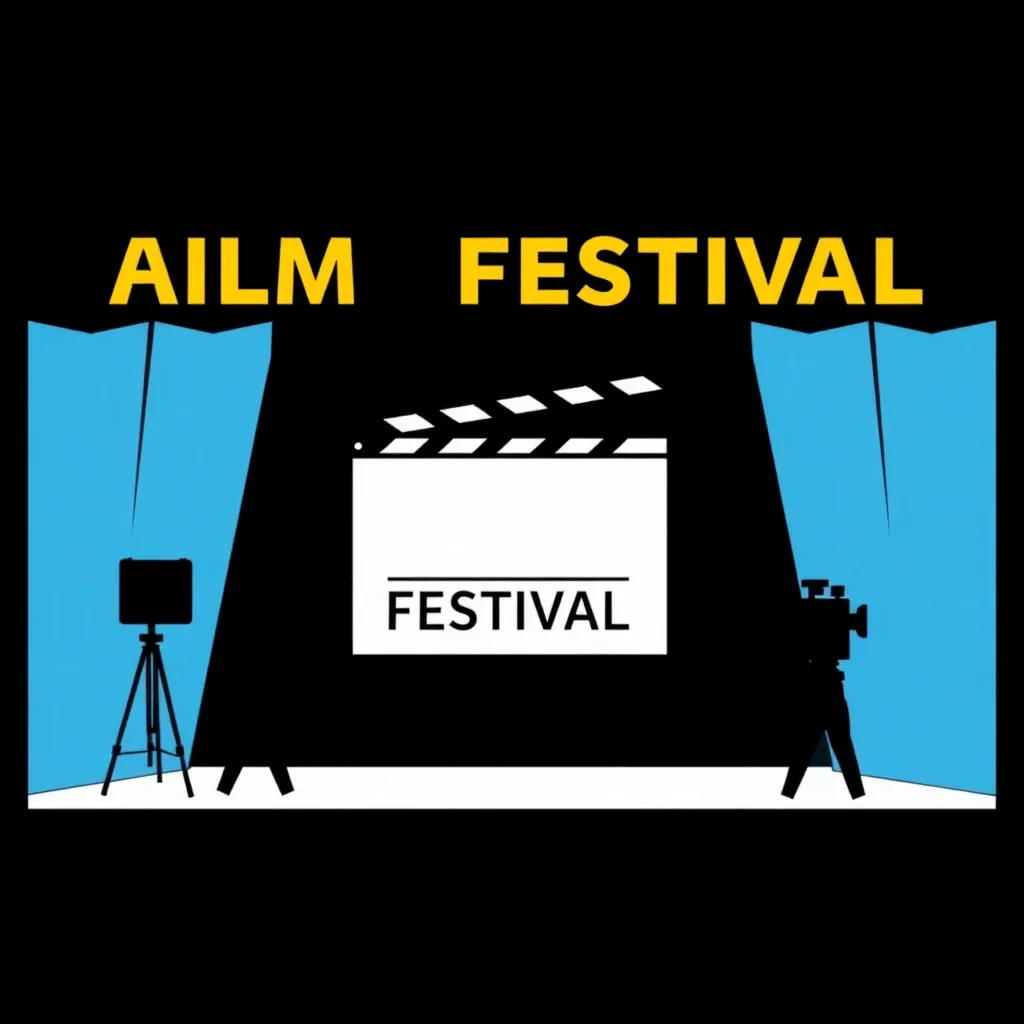Crafting Cinematic Critique: A Step-by-Step Guide to Writing Compelling Reviews
As a film enthusiast, writing a compelling review is a great way to share your passion and insights with others. Crafting a cinematic critique that resonates with readers requires a combination of analytical skills, creativity, and attention to detail. In this article, we will break down the essential elements of film critique, providing practical tips and techniques for writing insightful and engaging reviews. Whether you're a seasoned critic or just starting out, this guide will help you to develop your skills and share your love of film with others.
When it comes to film critique, there are five essential elements to consider: film structure, character development, cinematography, themes, and cultural context. Each of these elements plays a crucial role in shaping the overall impact of a film, and a thorough analysis of each is necessary to write a well-rounded review. In this article, we will explore each of these elements in depth, providing examples and practical advice on how to incorporate them into your review writing.
Film Structure: The Building Blocks of a Compelling Story
A well-structured film is essential for engaging audiences and conveying the story effectively. Film structure refers to the way in which the narrative is organized, including the sequence of events, pacing, and tone. When analyzing film structure, consider the following: how does the film begin and end? What are the key plot points, and how do they contribute to the overall narrative? How does the pacing affect the audience's experience?
A good example of effective film structure can be seen in Christopher Nolan's "Inception." The film's complex narrative is carefully constructed to keep the audience engaged and invested in the story. The use of multiple timelines and dream sequences adds to the complexity, but the film's structure is carefully managed to avoid confusion. By analyzing the film's structure, we can gain a deeper understanding of how Nolan achieved this balance and how it contributes to the overall impact of the film.

Analyzing Plot Points
When analyzing film structure, it's essential to consider the key plot points that drive the narrative forward. Plot points are the critical events that shape the story and create tension, conflict, and resolution. To analyze plot points effectively, consider the following: what are the key events that drive the narrative forward? How do these events relate to each other, and what impact do they have on the characters?
A good example of effective plot point analysis can be seen in the film "The Shawshank Redemption." The film's narrative is driven by a series of key events, including the protagonist's wrongful conviction, his friendship with Red, and his ultimate escape. By analyzing these plot points, we can gain a deeper understanding of how the film's structure contributes to its emotional impact and themes.
Character Development: Bringing Characters to Life
Well-developed characters are essential for creating a compelling story. Character development refers to the process of creating characters that are nuanced, complex, and relatable. When analyzing character development, consider the following: what are the characters' motivations, desires, and flaws? How do they change and grow throughout the story?
A good example of effective character development can be seen in the film "The Godfather." The film's characters are carefully crafted to create a sense of depth and complexity. The protagonist, Michael Corleone, is a prime example of effective character development. His transformation from a war hero to a ruthless mob boss is carefully managed to create a sense of tragic inevitability.

Analyzing Character Motivations
When analyzing character development, it's essential to consider the characters' motivations and desires. Motivations are the driving forces behind a character's actions, and understanding them is crucial for creating a nuanced analysis. To analyze character motivations effectively, consider the following: what drives the characters' actions? What are their desires, and how do they change throughout the story?
A good example of effective character motivation analysis can be seen in the film "The Matrix." The film's protagonist, Neo, is driven by a desire to understand the truth about his world. His motivations are carefully crafted to create a sense of urgency and purpose, driving the narrative forward and creating a sense of tension and conflict.
Cinematography: The Art of Visual Storytelling
Cinematography is the art of visual storytelling, and it plays a crucial role in shaping the overall impact of a film. When analyzing cinematography, consider the following: what is the visual style of the film? How do the lighting, camera angles, and composition contribute to the narrative?
A good example of effective cinematography can be seen in the film "Blade Runner 2049." The film's visual style is carefully crafted to create a sense of depth and complexity. The use of lighting, camera angles, and composition creates a sense of atmosphere and mood, drawing the audience into the world of the film.

Analyzing Visual Style
When analyzing cinematography, it's essential to consider the visual style of the film. Visual style refers to the way in which the film is shot and composed, including the use of lighting, camera angles, and color. To analyze visual style effectively, consider the following: what is the overall aesthetic of the film? How do the visual elements contribute to the narrative and themes?
A good example of effective visual style analysis can be seen in the film "The Grand Budapest Hotel." The film's visual style is carefully crafted to create a sense of whimsy and wonder. The use of color, lighting, and composition creates a sense of atmosphere and mood, drawing the audience into the world of the film.
Themes: The Heart of the Film
Themes are the underlying ideas and messages that shape the narrative of a film. When analyzing themes, consider the following: what are the central ideas and messages of the film? How do they relate to each other, and what impact do they have on the audience?
A good example of effective theme analysis can be seen in the film "2001: A Space Odyssey." The film's themes of human evolution, technology, and existentialism are carefully crafted to create a sense of depth and complexity. By analyzing these themes, we can gain a deeper understanding of how the film's narrative contributes to its overall impact and significance.

Identifying Themes
When analyzing themes, it's essential to identify the central ideas and messages of the film. To identify themes effectively, consider the following: what are the recurring ideas and motifs throughout the film? How do they relate to each other, and what impact do they have on the audience?
A good example of effective theme identification can be seen in the film "The Tree of Life." The film's themes of family, love, and existentialism are carefully crafted to create a sense of depth and complexity. By identifying these themes, we can gain a deeper understanding of how the film's narrative contributes to its overall impact and significance.
Cultural Context: Understanding the Film's Place in the World
Cultural context refers to the social, historical, and cultural background of a film. When analyzing cultural context, consider the following: what is the historical and cultural background of the film? How do the film's themes and narrative relate to the cultural context?
A good example of effective cultural context analysis can be seen in the film "The Battle of Algiers." The film's historical and cultural background is carefully crafted to create a sense of depth and complexity. By analyzing the cultural context, we can gain a deeper understanding of how the film's narrative contributes to its overall impact and significance.

Analyzing Cultural Relevance
When analyzing cultural context, it's essential to consider the film's cultural relevance. Cultural relevance refers to the way in which the film reflects, shapes, or challenges cultural attitudes and values. To analyze cultural relevance effectively, consider the following: how does the film reflect or challenge cultural attitudes and values? What impact does the film have on the cultural conversation?
A good example of effective cultural relevance analysis can be seen in the film "Get Out." The film's exploration of racism and identity is carefully crafted to create a sense of cultural relevance and urgency. By analyzing the cultural relevance, we can gain a deeper understanding of how the film contributes to the cultural conversation and challenges cultural attitudes and values.
In conclusion, crafting a compelling film review requires a combination of analytical skills, creativity, and attention to detail. By analyzing the five essential elements of film critique – film structure, character development, cinematography, themes, and cultural context – we can gain a deeper understanding of how a film works and what makes it effective. Whether you're a seasoned critic or just starting out, this guide has provided practical tips and techniques for writing insightful and engaging reviews. So, the next time you watch a film, remember to analyze these essential elements and share your insights with others.